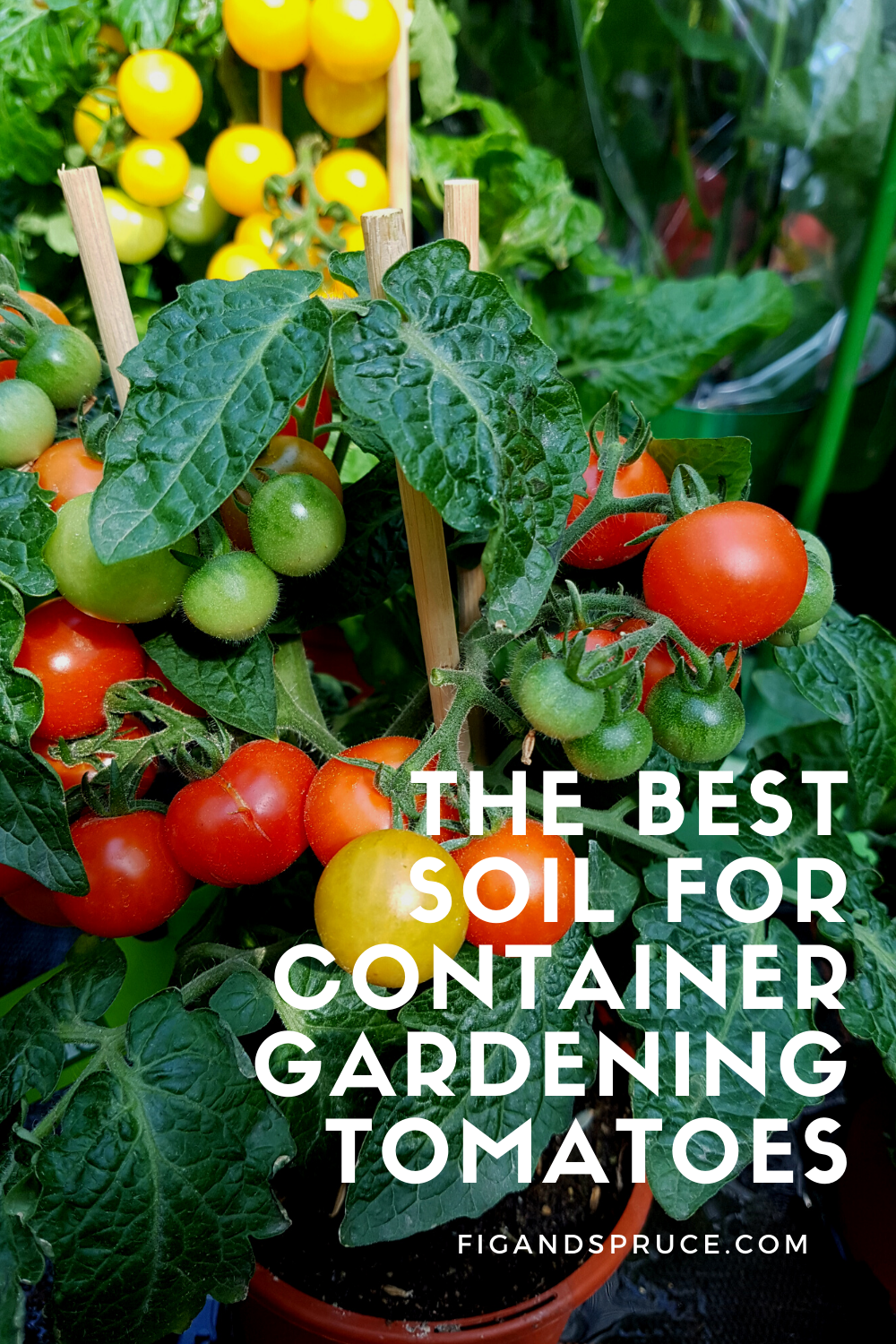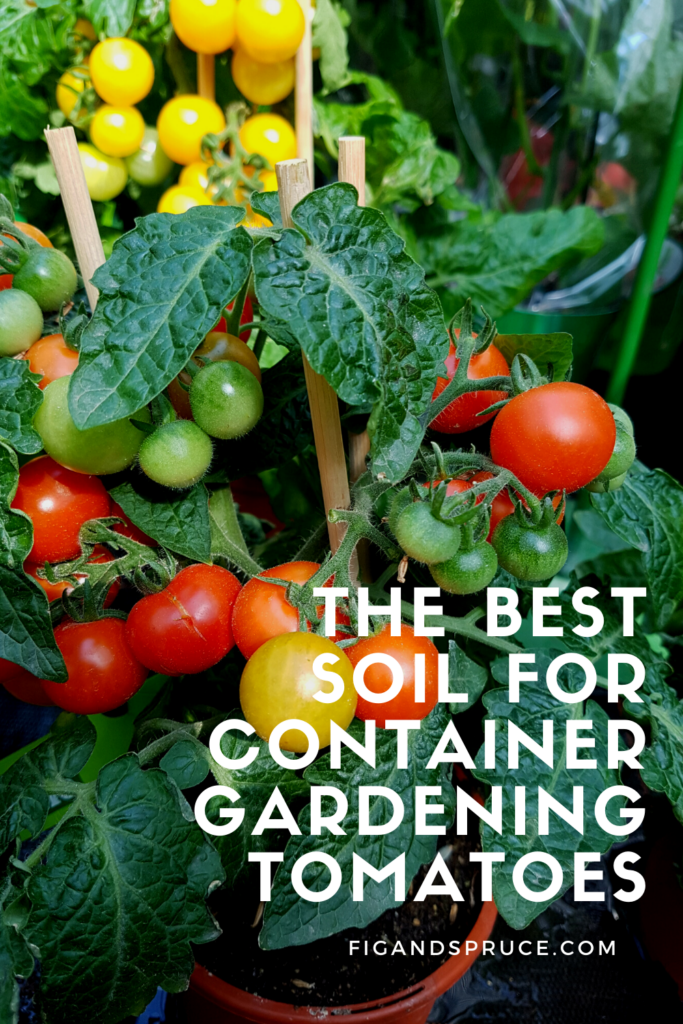Growing Tomatoes on a Balcony: A Complete Guide
For those trying to garden in small spaces, it can be tricky to find the right vegetables to grow. Many plants don’t do as well in containers as they would in the ground, so it can be frustrating to try to grow a full vegetable…








